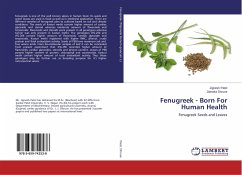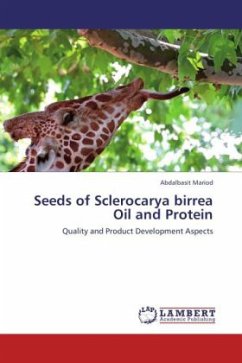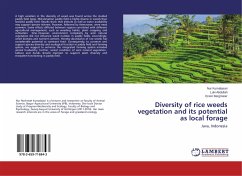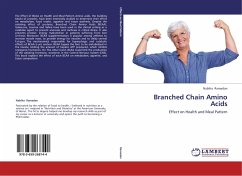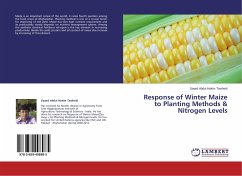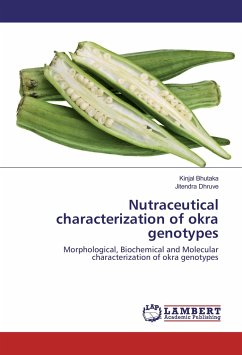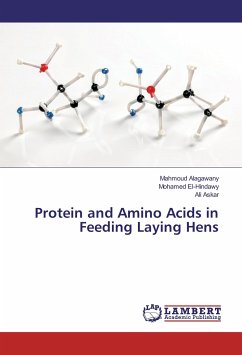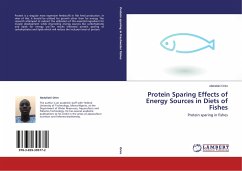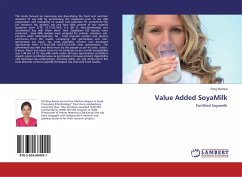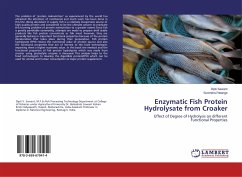
Micronutrient priming in mungbean (Vigna radiata)
Farmer Field Research
Versandkostenfrei!
Versandfertig in 6-10 Tagen
32,99 €
inkl. MwSt.

PAYBACK Punkte
16 °P sammeln!
Mungbean is popular among the patient due to its palatable, nutritional and high digestible property as well as soil fertility restoration. Productivity is declining due to low soil micronutrient in Nepal and South Asia. Poor farmer can t afford the high cost of micronutrient. This problem is solved by low cost technology i.e. nutrient priming. The activities of sucrose-cleaving enzymes, i.e. invertase and sucrose synthase (SS) and sucrose phosphate synthase (SPS) were higher primed plants. SPS and SS activities in primed crop could meet the increased assimilate requirements of the developing ...
Mungbean is popular among the patient due to its palatable, nutritional and high digestible property as well as soil fertility restoration. Productivity is declining due to low soil micronutrient in Nepal and South Asia. Poor farmer can t afford the high cost of micronutrient. This problem is solved by low cost technology i.e. nutrient priming. The activities of sucrose-cleaving enzymes, i.e. invertase and sucrose synthase (SS) and sucrose phosphate synthase (SPS) were higher primed plants. SPS and SS activities in primed crop could meet the increased assimilate requirements of the developing seeds and facilitate seed filling respectively. Other hand deficit micronutrient have sucrose transportation role, pollen viable role (B) and enhance nodulation (Mo) for mungbean. Boron and molybdenum loading at 250ppm each produce 28% and 27% higher mungbean yield under acidic condition than unprimed. This book gives general idea about micronutrient priming (loading) process and its effect on growth, development and economics of mungbean production under acidic soil. It will be helpful for post graduate students, teachers and researches in the field of Agronomy, Physiology and Nutrition.



